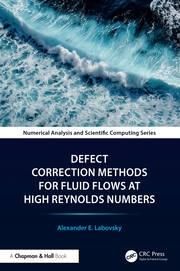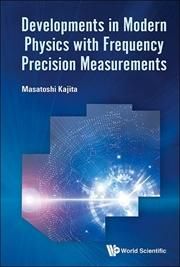Ferroelectricity in Doped Hafnium Oxide, 2 ed
出版済み 3-5週間でお届けいたします。
Title: Ferroelectricity in Doped Hafnium Oxide, 2 ed Subtitle: Materials, Properties and Devices Series: Woodhead Publishing Series in Electronic and Optical Materials Publisher: Elsevier USA ISBN: 9780443291821 Cover: PAPERBACK Date: 2025年08月 DESCRIPTION Ferroelectricity in Doped Hafnium Oxide: Materials, Properties and Devices, Second Edition covers all aspects relating to the structural and electrical properties of HfO2 and its implementation into semiconductor devices. Fundamentals of ferroelectric and piezoelectric properties, HfO2 processes, and the impact of dopants on ferroelectric properties are extensively discussed, along with phase transition, switching kinetics, epitaxial growth, thickness scaling, and more. Additional chapters consider the modeling of ferroelectric phase transformation, structural characterization, and the differences and similarities between HfO2 and standard ferroelectric materials. Finally, HfO2-based devices are summarized. The new edition extends the first edition in the following areas: Detailed discussion of the causes and dependencies for ferroelectric properties; Broader coverage of all known deposition techniques; Comparison of ferroelectric with antiferroelectric, piezoelectric, and pyroelectric properties; More aspects on switching and field cycling behavior; Wider overview of simulation results; Further applications of new HfO2-based materials for energy storage, and pyroelectric, piezoelectric, and neuromorphic applications. TABLE OF CONTENTS 1: Fundamentals of Ferroelectric and Piezoelectric Properties 2: Structures, Phase Equilibria, and Properties of HfO2 3: Ferroelectricity in Doped HfO2: Causes and Dependencies 3.1: Dopants in HfO2 Thin Films 3.2: Oxygen vacancies/Defect engineering 3.3: Quenching 3.4: Effect of Surface/Interface Energy on the Ferroelectric Properties 3.5: Stress 3.6: Laminated structures 3.7: Interface engineering 3.8: Thickness scaling 3.9: Impact of Electrodes on the Ferroelectric Properties 4: Growth 4.1: Dopants in Atomic Layer Deposited HfO2 Thin Films 4.2: Impact of Zr Content in Atomic Layer Deposition Hf12xZrxO2 Thin Films 4.3: Ferroelectric Films by Physical Vapor Deposition and Ion Implantation 4.4: Dopants in Chemical Solution-Deposited HfO2 Films 4.5: Epitaxial Growth of Doped HfO2 Ferroelectric Materials 4.6: MOCVD 4.7: Laser Molten: Bulk doped HfO2 5: Simulation 5.1: Thermodynamics of Phase Stability and Ferroelectricity From First Principles 5.2: Model of Nucleation-limited Phase Transitions 5.3: Phonons/Phase Transitions 5.4: Molecular dynamics 5.5: Defect levels 6: Polarization of Condensed Matter 6.1: Ferroelectricity 6.2: Antiferroelectricity 6.3: Piezoelectricity 6.4: Pyroelectricity 6.5: Tunability of dielectric and optical properties 7: Electrical Behavior: Switching, Cycling, Retention 7.1: Polarization Switching in HfO2-based devices 7.2: Field cycling behavior of Ferroelectric HfO2-based capacitors 7.3: Ferroelectric HfO2-based capacitors 7.4: Modeling of field cycling behavior of ferroelectric hafnia-based capacitors 8: Ferroelectric Hafnium Oxide-Based Applications 8.1: Ferroelectric one transistor/one capacitor memory cell 8.2: Antiferroelectric one transistor/one capacitor memory cell 8.3: AFE for DRAM 8.4: Ferroelectric Tunnel Junction 8.5: Ferroelectric Field Effect Transistor 8.6: Negative capacitance in HfO2- and ZrO2-based Ferroelectrics 8.7: Energy Storage Capacitors/Supercapacitors 8.8: Neuromorphic Applications 8.9: Pyro ???????8.10: Piezo 最近チェックした商品
14,587円(税1,326円)

|
||||||||||||||||||||||||||||||||||||||||||||||||





























